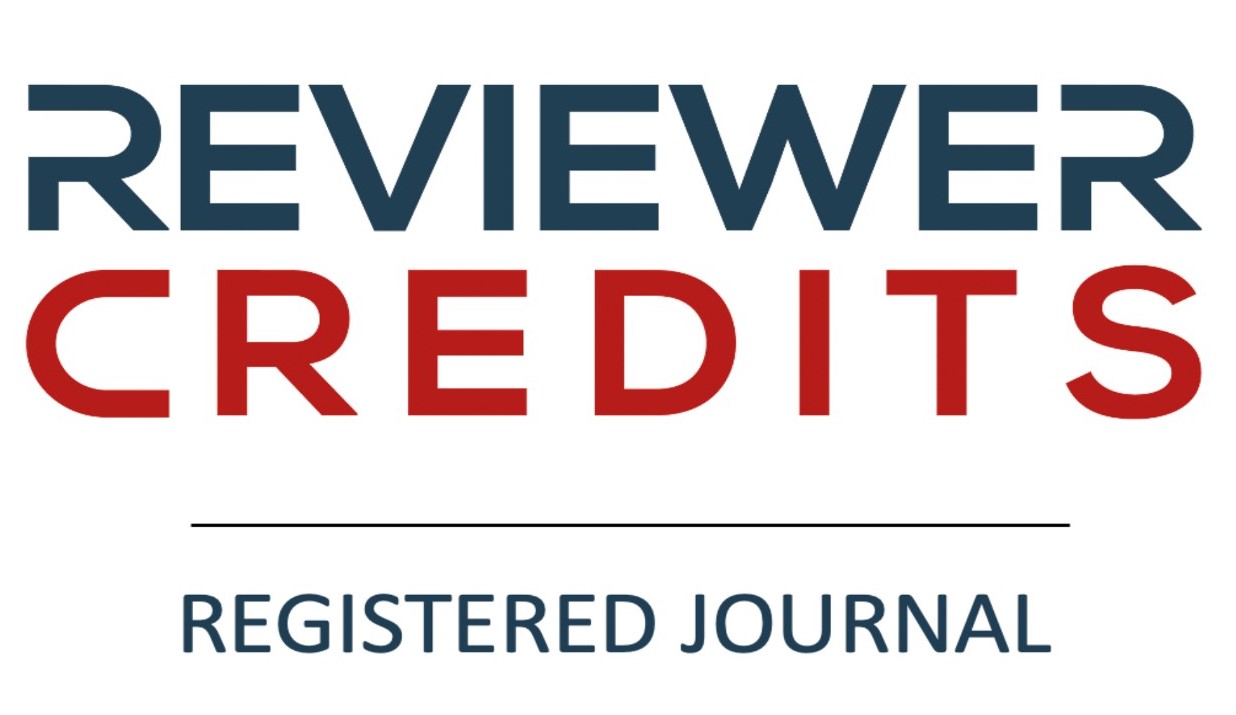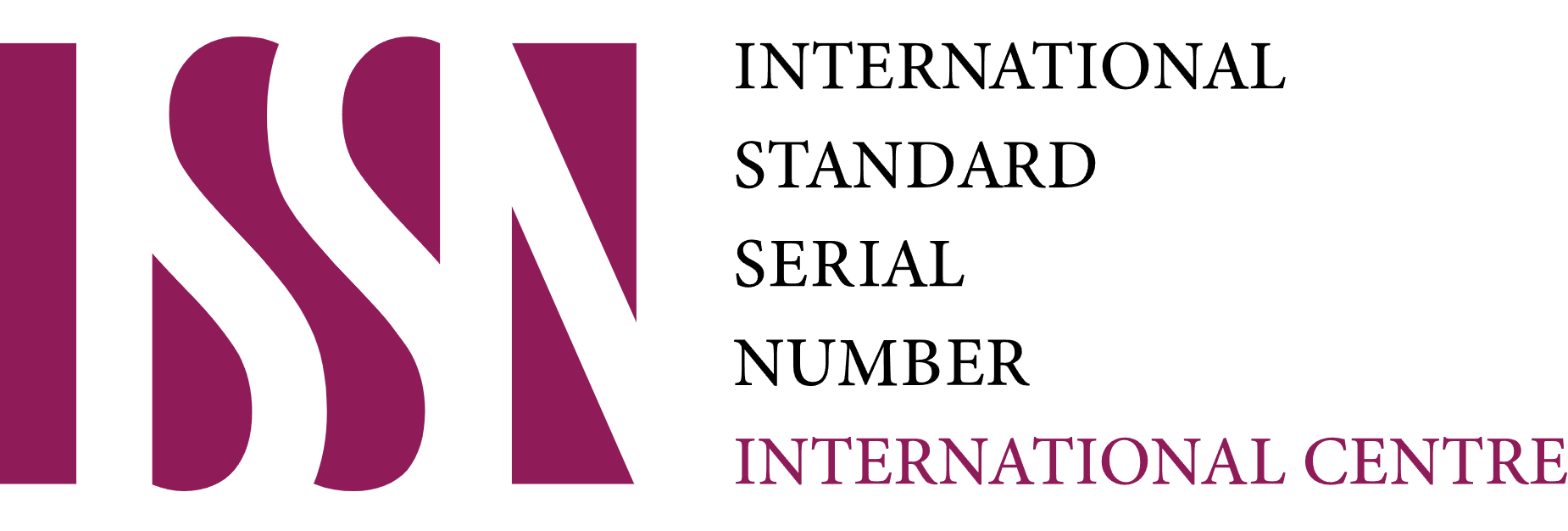Pengembangan Model Database Petani Tingkat Kecamatan untuk Menunjang Program Pemberdayaan Petani
DOI:
https://doi.org/10.51852/jpp.v14i2.415Keywords:
database, information system, system development, agriculture database, sistem informasi, pengembangan sistem, database pertanianAbstract
In order to increase production and improve the welfare of farmers, the government through the ministry of agriculture and other relevant ministries, annually distributes a variety of assistance to farmers in the form of input subsidies such as fertilizer and direct assistance in the form of seed assistance and agricultural machinery and other forms of aids. To ensure that all assistance is channeled and received appropriately by farmers, accurate data is needed on the number of farmers and their farming conditions. Agricultural extension workers are also expected to have valid data about farmers in their working area, so that they can program counseling well and on target. In order to equip agricultural extension officers with valid and accurate farmer data, as well as providing a farmer database for policy making purposes, it is necessary to develop a farmer database system that can be updated and accessed quickly. For this purpose, Bogor Agricultural Development Polytechnics through lecturer research activities carried out at BPP (sub-district level) and Distan (district level), designed a farmer database model that was implemented in 2016. The development of the Farmers Database System model was designed using an approach of Database Systems Development Lyfe Cycle (Connoly, 2014) with some adjustments. It is hoped that later a valid kecamatan level of farmer database will be used as a reference in making various decisions related to farmers.This paper outlines the concept of a farmer database system model design, possible implementations, constraints, and challenges that will be encountered in its later operation. The output of this research is a complete database design of farmer databases ready to be further developed into a software application by a programmer/developer. For future implementation, it is expected that BPPSDMP can initiate the project.
Â
Dalam rangka peningkatan produksi dan peningkatan kesejahteraan petani, pemerintah melalui kementerian pertanian dan kementerian terkait lainnya, setiap tahun menyalurkan berbagai bantuan kepada petani baik dalam bentuk subsidi input seperti pupuk dan bantuan langsung berupa bantuan benih dan alat mesin pertanian maupun dalam bentuk lain. Guna memastikan bahwa seluruh bantuan tersebut tersalur dan diterima dengan tepat oleh para petani, maka diperlukan data yang akurat tentang jumlah petani dan kondisi usahataninya. Para penyuluh pertanian juga diharapkan memiliki data yang valid tentang petani yang ada di wilayah kerjanya, sehingga dapat memprogramkan penyuluhan dengan baik dan tepat sasaran. Guna melengkapi petugas penyuluh pertanian dengan data petani yang valid dan akruat, serta menyediakan database petani bagi kepantingan pengambilan kebijakan, maka perlu disusun suatu sistem basisdata petani yang dapat di update dan diakses dengan cepat. Untuk keperluan tersebut, STPP/Polbangtan Bogor melalui kegiatan penelitian dosen yang dilaksanakan di BP3K/BPP (kecamatan) dan BP4K/Distan (kabupaten), mendesain suatu model database petani yang telah dilaksanakan dalam tahun 2016. Diharapkan nantinya database petani tingkat kecamatan yang valid akan dapat dijadikan acuan dalam pengambilan berbagai keputusan terkait petani. Makalah ini menguraikan konsep desain model sistem database petani, kemungkinan implementasinya, kendala, dan tantangan yang akan dihadapi dalam pengoperasiannya nanti. Output dari penelitian ini adalah rancangan lengkap database petani yang siap dikembangkan lebih lanjut menjadi suatu software aplikasi oleh programmer/developer. Untuk implementasinya kedepan diharapkan BPPSDMP dapat memprakarsainya.
References
Anonim. 2013. Permentan No. 82 Tahun 2013 tentang Pedoman Pembinaan Poktan dan Gapoktan. http://cybex.pertanian.go.id/kebijakan/detail/15/permentan-no-82-tahun-2013-tentang-pedoman-pembinaan-poktan-dan-gapoktan
Anonim. 2014. Permentan No. 131 Tahun 2014 tentang Mekanisme dan Hubungan Antar Lembaga yang Membidangi Pertanian dalam Mendukung Peningkatan Produksi Pangan Strategis Nasional.
Anonim. 2014. Perpres No. 154 Tahun 2014 tentang Kelembagaan Penyuluhan Pertanian, Perikanan, dan Kehutanan.
Anonim. 2006. UU No. 16 Tahun 2006 Sistem Penyuluhan Pertanian, Perikanan, dan Kehutanan. http://cybex.pertanian.go.id/kebijakan/detail/9/uu-no-16-tahun-2006-sistem-penyuluhan-pertanian-perikanan-dan-kehutanan
Anonim. 2013. Undang-Undang Republik Indonesia Nomor 19 Tahun 2013 Tentang Perlindungan dan Pemberdayaan Petani
Anonim. 2014. Sistem Informasi Manajemen Penyuluhan Pertanian.
https://app2.pertanian.go.id/simluh2014/gst/welcome.php
Anonim. 2019. eRDKK (RDKK Online) Kementerian Pertanian. https://erdkk.pertanian.go.id/login
Connoly T., and Begg C. 2015. Database Systems: A Practical Approach to Design, Implementation, and Management 6th edn. Essex, England: Pearson Education Limited
Kendal K.E. and Kendal J.E. 2005. Systems Analysis and Design 6th edn. Upper Saddle River, NJ: Pearson Education
Roth, R.M, Dennis, A. and Wixon, B.H. 2013. Systems Analysis and Design 5th edn. John Wiley
Whitten J.L. and Bentley L.D. 2008. Introduction to Systems Analysis and Design 1st edn. New York, NY: McGraw-Hill
Downloads
Published
Issue
Section
License
Authors who publish with this journal agree to the following terms:
1. Copyright on any article is retained by the author(s).
2. The author grants the journal, right of first publication with the work simultaneously licensed under a Creative Commons Attribution License that allows others to share the work with an acknowledgment of the works authorship and initial publication in this journal.
3. Authors are able to enter into separate, additional contractual arrangements for the non-exclusive distribution of the journals published version of the work (e.g., post it to an institutional repository or publish it in a book), with an acknowledgment of its initial publication in this journal.
4. Authors are permitted and encouraged to post their work online (e.g., in institutional repositories or on their website) prior to and during the submission process, as it can lead to productive exchanges, as well as earlier and greater citation of published work.
5. The article and any associated published material is distributed under the Creative Commons Attribution-ShareAlike 4.0 International License













